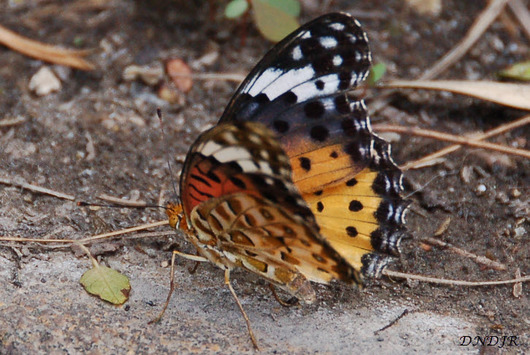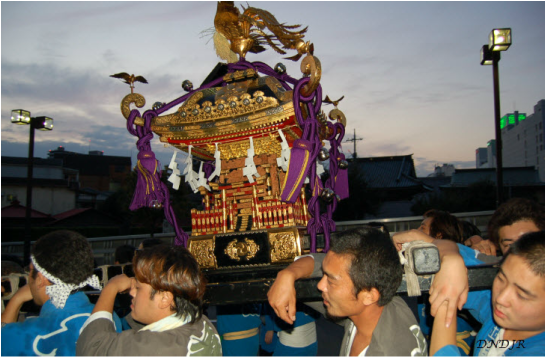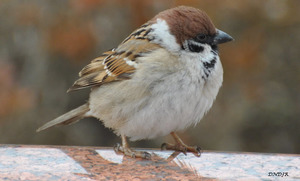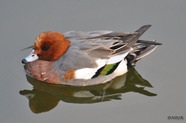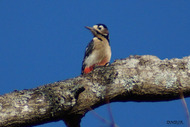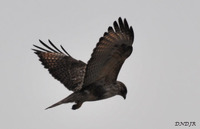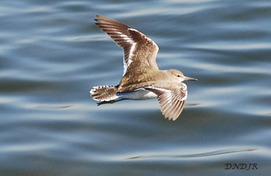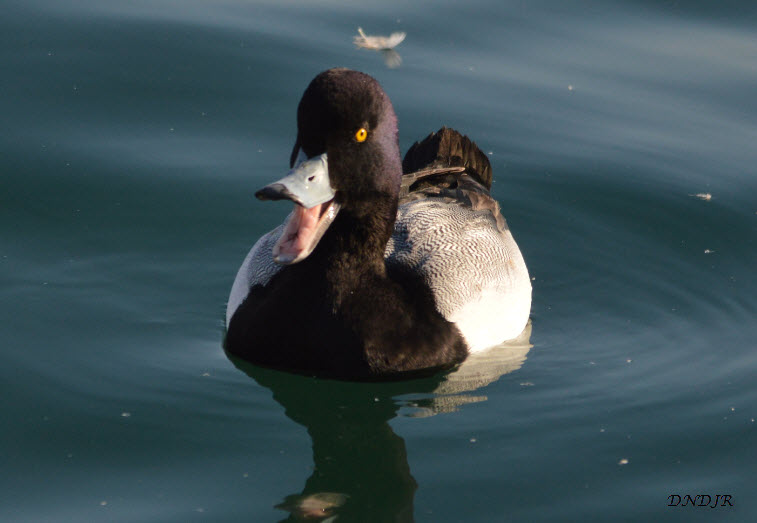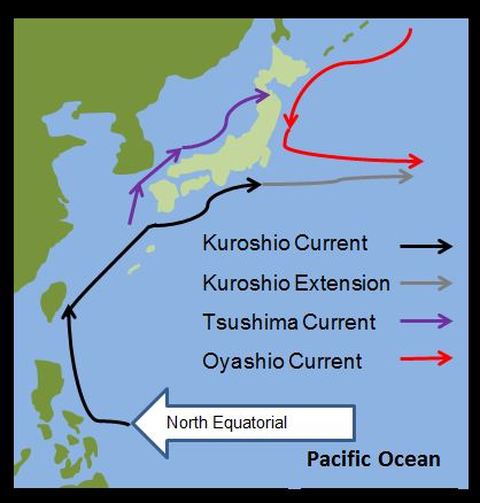Introduction to Japan
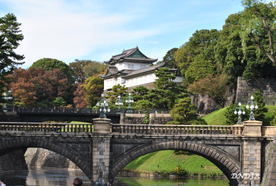
This site is designed to educate people around the world about the geography of Japan. Geography includes a range of subtopics including, but not limited to, physical geography, political geography, economic geography, geography, cultural geography, and even geography of our place in the solar system.
Information changes constantly and it needs to be updated regularly- a fact that gives Internet websites an advantage over printed books. Thus, this site will be updated frequently in an effort to keep the information relevant and fresh. Enjoy learning about the geography and life in Japan!
Information changes constantly and it needs to be updated regularly- a fact that gives Internet websites an advantage over printed books. Thus, this site will be updated frequently in an effort to keep the information relevant and fresh. Enjoy learning about the geography and life in Japan!
The 47 Prefectures of Japan - Japan has forty-seven administrative divisions called prefectures. Prefectures are similar to states in the United States or provinces and territories in Canada.
Birds of Japan
|
What do birds have to do with geography?
There are many connections between birds and geography! Birds come under the category of fauna and are important to all ecosystems in Japan. But, more importantly, birds reflect the geographic characteristics of where they live. Most birds have their preferred living conditions. Different birds species prefer different temperatures, altitudes, land forms, or concentrations of people. For example, some birds only live in the Hokkaido where the temperatures can get very cold in the winter. Some birds live mostly in the mountains or along the coasts of Japan. Learn about the birds and their habitat, and you are learning about geography! Look to the right to see the bird of the week! |
Physical Geography of Japan
|
Physical Geography Statistics
Major Ocean Currents
Basic Geographic Information Land Area - 377,915 sq. Kilometers Land Border - None Coastline - 29,751 Kilometers Maximum Elevation - 3,776 Meters - Mt. Fuji Minimum Elevation - 4 Meters - Hachiro-gata, Akita Prefecture Deepest Gorge - Kurobe Gorge - Toyama Prefecture Deepest Bay - Suruga Bay - Shizuoka Prefecture Deepest Lake - Tazawako (Tazawa Lake) Akita Pref. |
Japan is an island country located to the northeast of the Asian continent. Its most prominent physical characteristics are islands and mountains. Japan lies along a volcanically active area that borders the Pacific Ocean known as the "Ring of Fire." Japan currently has 110 active volcanoes (the Japanese government defines an active volcano as one that has erupted in the last 10,000 years). Twenty-six volcanoes are continuously monitored for signs of activity.
Japan’s four major islands are Hokkaido, Honshu, Kyushu, and Shikoku. While Hokkaido is the largest, most of the population is located in central and southern Honshu. In fact, most large cities are located along the Pacific Ocean coast or the Inland Sea. This is not by accident. People tend to settle in places where they can farm or raise livestock. Plains and basins tend to be ideal for these purposes. Most of the largest cities of Japan are located on plains.
Japan’s four major islands are Hokkaido, Honshu, Kyushu, and Shikoku. While Hokkaido is the largest, most of the population is located in central and southern Honshu. In fact, most large cities are located along the Pacific Ocean coast or the Inland Sea. This is not by accident. People tend to settle in places where they can farm or raise livestock. Plains and basins tend to be ideal for these purposes. Most of the largest cities of Japan are located on plains.
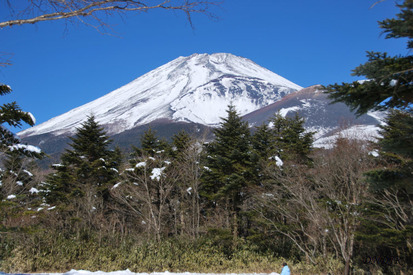
JAPAN'S HIGHEST MOUNTAINS (Above Sea Level in Meters)
Mt. Fuji 富士山 3,776
Mt. Kitadake 北岳 3,193
Mt. Okuhotakadake 奥穂高岳 3,190
Mt. Ainodake 間ノ岳 3,189
Mt. Yarigatake 槍ケ岳 3,180
Mt. Higashidake 東岳 3,141
Mt. Fuji 富士山 3,776
Mt. Kitadake 北岳 3,193
Mt. Okuhotakadake 奥穂高岳 3,190
Mt. Ainodake 間ノ岳 3,189
Mt. Yarigatake 槍ケ岳 3,180
Mt. Higashidake 東岳 3,141
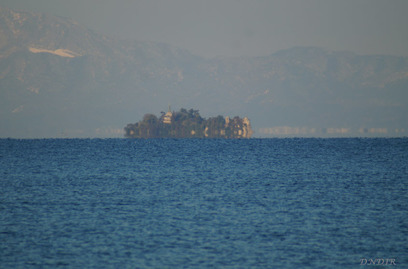
JAPAN'S LARGEST LAKES BY AREA (Square Kilometers)
Lake Biwa 琵琶湖 670.3
Lake Kasumigaura 霞ケ浦 167.6
Lake Saroma サロマ湖 151.8
Lake Inawashiro 猪苗代湖 103.3
Naka-umi 中海 86.1
Lake Kussharo 屈斜路湖 79.6
Lake Shinji 宍道湖 79.1
Lake Biwa 琵琶湖 670.3
Lake Kasumigaura 霞ケ浦 167.6
Lake Saroma サロマ湖 151.8
Lake Inawashiro 猪苗代湖 103.3
Naka-umi 中海 86.1
Lake Kussharo 屈斜路湖 79.6
Lake Shinji 宍道湖 79.1
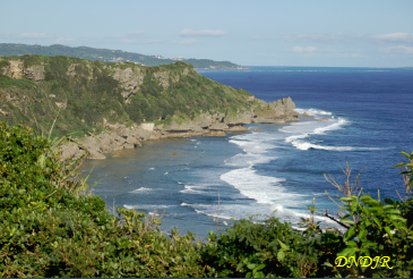
JAPAN'S LARGEST ISLANDS BY AREA (Square Kilometers)
Okinawa Island 沖縄島 1,208.3
Sado Island 佐渡島 854.5
Amami-o-shima 奄美大島 854.5
Tsushima 対馬 696.6
Awaji Island 淡路島 592.3
Note- Etorofu Island, Kunashiri Island, and Shikotan Island in Hokkaido were occupied by Russia in 1945. These islands were never returned and are administered by Russia.
Okinawa Island 沖縄島 1,208.3
Sado Island 佐渡島 854.5
Amami-o-shima 奄美大島 854.5
Tsushima 対馬 696.6
Awaji Island 淡路島 592.3
Note- Etorofu Island, Kunashiri Island, and Shikotan Island in Hokkaido were occupied by Russia in 1945. These islands were never returned and are administered by Russia.
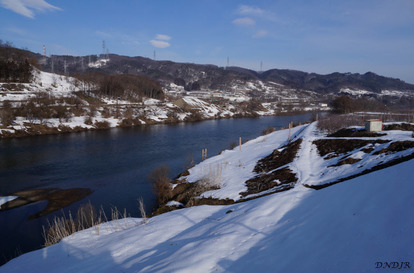
JAPAN'S LONGEST RIVERS (kilometers)
Shinano River 信濃川 367
Tone River 利根川 322
Ishikari River 石狩川 268
Teshio River 天塩川 256
Kitakami River 北上川 249
Abukuma River 阿武隈川 239
Kiso River 木曽川 229
Shinano River 信濃川 367
Tone River 利根川 322
Ishikari River 石狩川 268
Teshio River 天塩川 256
Kitakami River 北上川 249
Abukuma River 阿武隈川 239
Kiso River 木曽川 229
Political Geography of Japan
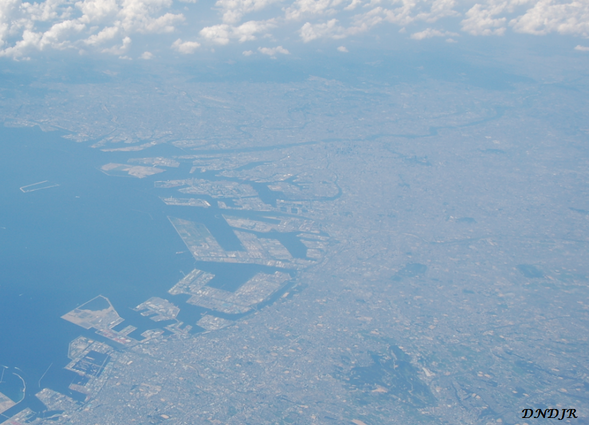
The population of Japan is dropping from year to year. This has been caused as the population ages and births have decreased.
Japan, like most other developed countries, is predominantly urban country. This trend continues as people leave rural areas and move to cities in search of higher education and job opportunities. Tokyo has grown so much over the past one hundred years that it now competes with Mexico City for the title of world's largest city. The growth in city populations has also increased the rate of land reclamation in Japan. As you can see in this photograph of Osaka to the right, land reclamation usually results in large triangular shapes as land it created.
Population Related Facts
Population of Japan (2014) 127,083
Population Density of Japan (2014) 340.7
Japan, like most other developed countries, is predominantly urban country. This trend continues as people leave rural areas and move to cities in search of higher education and job opportunities. Tokyo has grown so much over the past one hundred years that it now competes with Mexico City for the title of world's largest city. The growth in city populations has also increased the rate of land reclamation in Japan. As you can see in this photograph of Osaka to the right, land reclamation usually results in large triangular shapes as land it created.
Population Related Facts
Population of Japan (2014) 127,083
Population Density of Japan (2014) 340.7
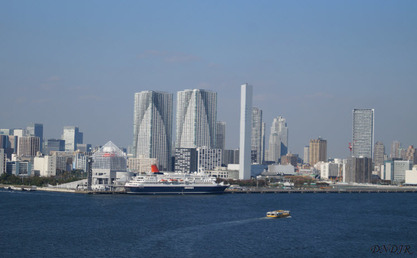
JAPAN'S MOST POPULATED PREFECTURES
Tokyo Prefecture 東京 13,390,000
Kanagawa Prefecture 神奈川 9,096,000
Osaka Prefecture 大阪 8,836,000
Aichi Prefecture 愛知 7,445,000
Saitama Prefecture 埼玉 7,239,000
Chiba Prefecture 千葉 6,197,000
Tokyo Prefecture 東京 13,390,000
Kanagawa Prefecture 神奈川 9,096,000
Osaka Prefecture 大阪 8,836,000
Aichi Prefecture 愛知 7,445,000
Saitama Prefecture 埼玉 7,239,000
Chiba Prefecture 千葉 6,197,000
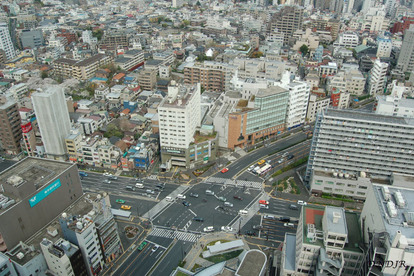
PREFECTURE HIGHEST POPULATION DENSITY (per square km)
Tokyo Prefecture 東京 6,015.7
Osaka Prefecture 大阪 4,669.7
Kanagawa Prefecture 神奈川 3,745.4
Saitama Prefecture 埼玉 1,894.2
Aichi Prefecture 愛知 1,434.8
Chiba Prefecture 千葉 1,205.5
Tokyo Prefecture 東京 6,015.7
Osaka Prefecture 大阪 4,669.7
Kanagawa Prefecture 神奈川 3,745.4
Saitama Prefecture 埼玉 1,894.2
Aichi Prefecture 愛知 1,434.8
Chiba Prefecture 千葉 1,205.5
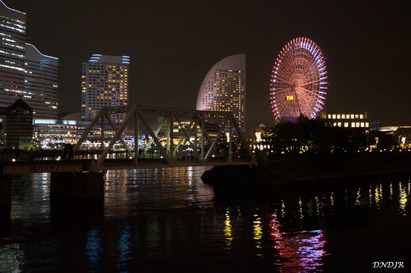
JAPAN'S LARGEST CITES BY POPULATION
Tokyo 東京 (City Wards Only) 9,016,342
Yokohama 横浜 3,714,200
Osaka 大阪 2,667,830
Nagoya 名古屋 2,254,891
Sapporo 札幌 1,930,496
Kobe 神戸 1,553,789
Tokyo 東京 (City Wards Only) 9,016,342
Yokohama 横浜 3,714,200
Osaka 大阪 2,667,830
Nagoya 名古屋 2,254,891
Sapporo 札幌 1,930,496
Kobe 神戸 1,553,789
